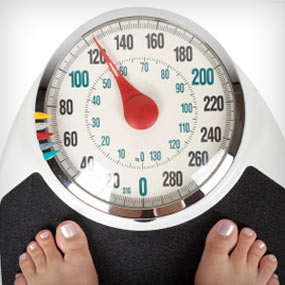SESHEKE, Zambia — It had been a long and difficult journey, fully deserving of the marching band and choirs that greeted the convoy when it finally rolled into this village deep in the African bush.
The shipment had traveled from a factory in India by sea to Kenya, then overland across much of southern Africa to the place where the paved road ended.
The cargo was mosquito nets — weapons in a war against malaria, a disease that has long taken a back seat to AIDS in the world's consciousness of Africa's woes, even though it kills almost as many Africans a year as the HIV virus.
In recent years, however, malaria's profile has risen in the world of celebrities and high-spending philanthropists. Actress Sharon Stone gave the cause a spectacular boost in a 2005, and the shipment of 11,900 mosquito nets to the Zambian village of Sesheke was financed and accompanied by Neville Isdell, a former Coca-Cola CEO, and Chris Flowers, a billionaire American investor.
It was organized by British-based Christian Aid, which works with local churches to distribute the nets free of charge.
Chaze Simbotwe, a 72-year-old villager, was astonished at the spectacle of visitors traveling so far to help. She said she lost a child to malaria, and has suffered bouts of the disease herself.
"It is difficult for me to express my gratitude," she said. "These people have good hearts. Who would have thought of buying an old woman like me a mosquito net?"
Malaria kills close to a million Africans a year, mostly children, a death toll close to that of AIDS. Isdell himself suffered malaria as a boy growing up in Zambia.
"I have shivered in bed with it, but luckily I got over it," he told villagers in Sesheke when the nets arrived three weeks ago.
Flowers discovered the problem while visiting projects he was funding. In Zambia he encountered a mother who had just lost her two-year-old son to malaria. He realized she did not understand what simple steps might have saved that life.
"Your dollar goes a long way toward helping people in a profound way," he told The Associated Press. "It's such a big problem, and it's one where people feel they can have some impact."
Indeed, one reason malaria strikes a chord in the affluent West is that it seems so easily preventable: a $5 donation buys a net, and $5 more will pay to teach a villager rudimentary medical skills. The shipment to Sesheke cost about $100,000.
Actress Stone realized this at the 2005 World Economic Forum in Davos as she listened to Benjamin Mkapa, a former president of Tanzania, telling an audience of movers and shakers how cheap and lifesaving nets could be.
It struck her that "We can get bed nets, we can ship them now, we can change things now. They can have such an impact."
She stood up, pledged $10,000 and asked, "Would anyone else like to stand up and help President Mkapa today?"
"All of a sudden, 80 people stood up in unison," Stone recalled in a telephone interview from Los Angeles with the Associated Press. "I thought I was going to have a heart attack."
A net can be as effective against mosquitoes as a condom is against AIDS, and for those already afflicted, the drug regimen is much simpler and cheaper.
Still, "Malaria is, in fact, not a quick fix," said Awa Marie Coll-Seck, Senegal's former minister of health and now active in the campaign against malaria.
The nets have to be shipped in from afar. Then people have to be taught to use them correctly. Often they forget to use their nets, or the nets becomes frayed, or the insecticide wears off.
Mosquito breeding grounds must be sprayed regularly with insecticide. More clinics are needed, more doctors and nurses, quicker access to the latest drugs because the disease constantly develops new immunities.
Many countries lack the money and infrastructure to distribute nets. Sesheke didn't get its paved road until two years ago.
Susan Lassen, point woman for Isdell and Flowers in Africa, says Zambia has done well overall, organizing and spending donor money wisely. But elsewhere in Africa she has seen mosquito nets piled up in parking lots for lack of distribution systems.
"We've done a disservice by saying it's simple," she said. "It's very important that people understand it's not just '$10 saves a life.' It's not just a one-off. It has to be a continuous process."
And now there are fears the global economic downturn will slow donations.
This year, donors committed $11.7 billion to The Global Fund fighting AIDS, tuberculosis and malaria over the next three years. That was 20 percent more than was pledged for 2008-2010, but far below the $17 billion



















